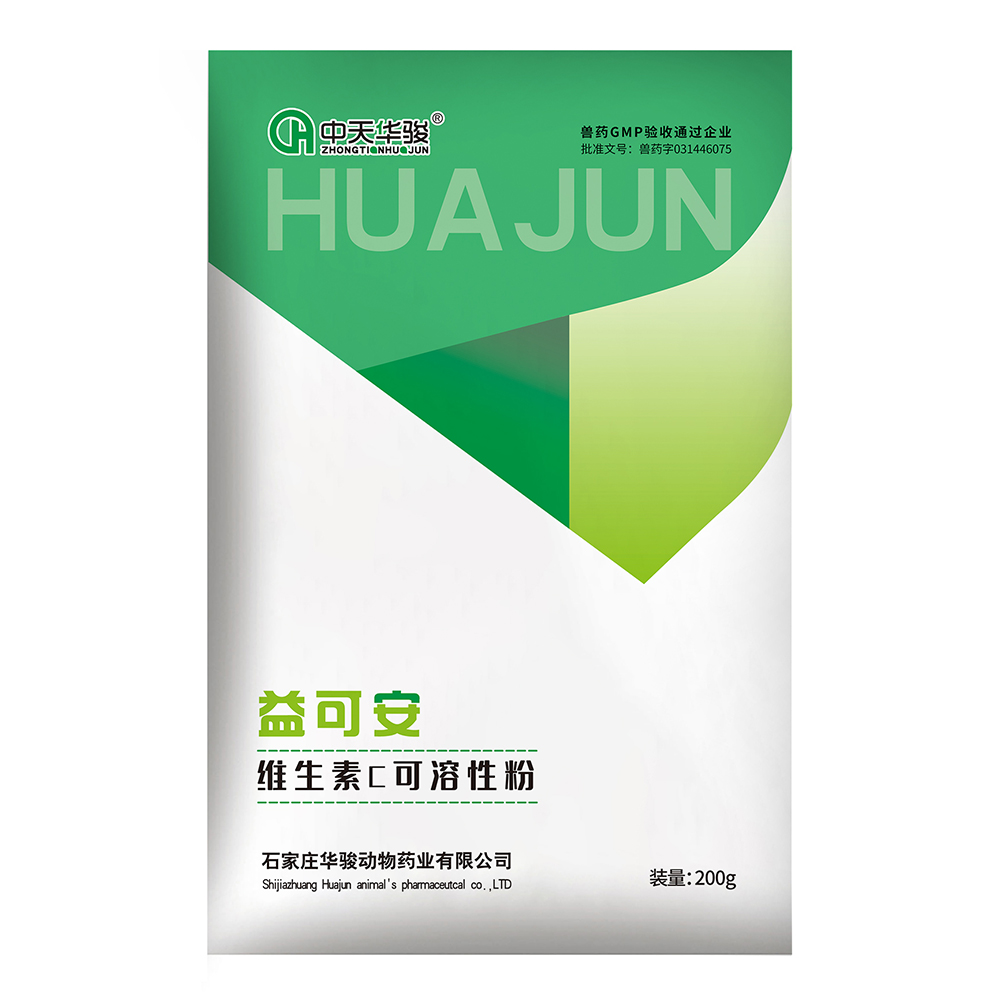
יול . 23, 2024 14:31 Back to list
Understanding the Impact of Mycotoxins in Clinical Environments and Their Sources in Manufacturing
The Threat of Mycotoxins in Clinical Settings Understanding and Mitigating Risks
Mycotoxins are toxic compounds produced by certain molds (fungi) that can contaminate a variety of foodstuffs and agricultural products. While the impact of these toxins on agriculture and food safety is widely acknowledged, their implications in clinical settings often warrant greater attention. Understanding the sources, effects, and preventive measures against mycotoxins is crucial for protecting public health.
Sources of Mycotoxins
Mycotoxins are primarily produced by filamentous fungi such as Aspergillus, Penicillium, and Fusarium, which can thrive in various environmental conditions. These molds can grow on crops during cultivation, storage, and processing, leading to contamination of grains, nuts, fruits, and other food items. When these contaminated products are ingested, inhaled, or come into contact with the skin, they can pose significant health risks.
In a clinical context, patients with pre-existing conditions, particularly those with weakened immune systems, such as individuals undergoing chemotherapy or those with HIV/AIDS, are at a heightened risk of mycotoxin exposure and its repercussions. Furthermore, the use of contaminated herbal supplements and nutritional products can lead to serious health complications.
Health Impacts of Mycotoxins
The impact of mycotoxins on human health can be severe. Acute exposure can result in symptoms ranging from nausea and vomiting to liver damage, and in extreme cases, it can be fatal. Chronic exposure, even at low levels, is associated with long-term health issues, including cancer, immunosuppression, and developmental disorders.
clinical mycotoxins factories

Specific mycotoxins, such as aflatoxins, are known carcinogens and have been linked to liver cancer. Others, like ochratoxin A, are implicated in kidney damage, while fumonisins are associated with esophageal cancer. The diversity of mycotoxins means that different strains of fungi can produce various health threats, making monitoring and regulation essential.
Preventive Measures in Clinical Settings
To mitigate the risks presented by mycotoxins, clinical settings must adopt rigorous preventive measures. These include stringent screening protocols for food products and dietary supplements, emphasizing the importance of mycotoxin testing and certification. Healthcare providers should be educated about the signs of mycotoxin exposure and the potential health hazards, guiding them in effective diagnosis and treatment.
Regular audits and assessments of the sources of contamination, including both environmental and product-specific tests, can aid in the early identification of potential issues. Hospitals and clinics should also implement protocols for managing patients who may be at risk of exposure due to occupational hazards or diet.
Furthermore, public health officials must promote awareness about the dangers of mycotoxins, especially among vulnerable populations. Consumers should be encouraged to purchase certified products and follow proper food storage practices to minimize mold growth.
Conclusion
Mycotoxins represent a significant but often underappreciated risk in clinical settings. As our understanding of these toxic compounds expands, it becomes evident that comprehensive preventive strategies are vital in safeguarding public health. By prioritizing education, monitoring, and regulation, the healthcare community can effectively combat the threats posed by mycotoxins, ensuring a safer environment for all individuals, particularly those most susceptible to their effects. As research continues to uncover the full scope of mycotoxin impacts, ongoing vigilance will be essential in maintaining health standards and protecting populations from these unseen dangers.
-
Premium Honeysuckle Products - Leading Honeysuckle Manufacturer & Supplier Factory
NewsJun.10,2025
-
Pulmonary Edema Solutions from Leading Manufacturer & Supplier Reliable Factory Price
NewsJun.10,2025
-
Red Eyes - Leading Red Eyes Manufacturer & Supplier, Premium Quality Factory Price
NewsJun.10,2025
-
Broiler Ascites Syndrome Solutions Top Manufacturers
NewsJun.10,2025
-
Premium Amoxicillin Suppliers Reliable Biomox Mexican Factories
NewsJun.10,2025
-
Top Brewing Cell Wall Solutions Optimized Efficiency
NewsJun.09,2025




